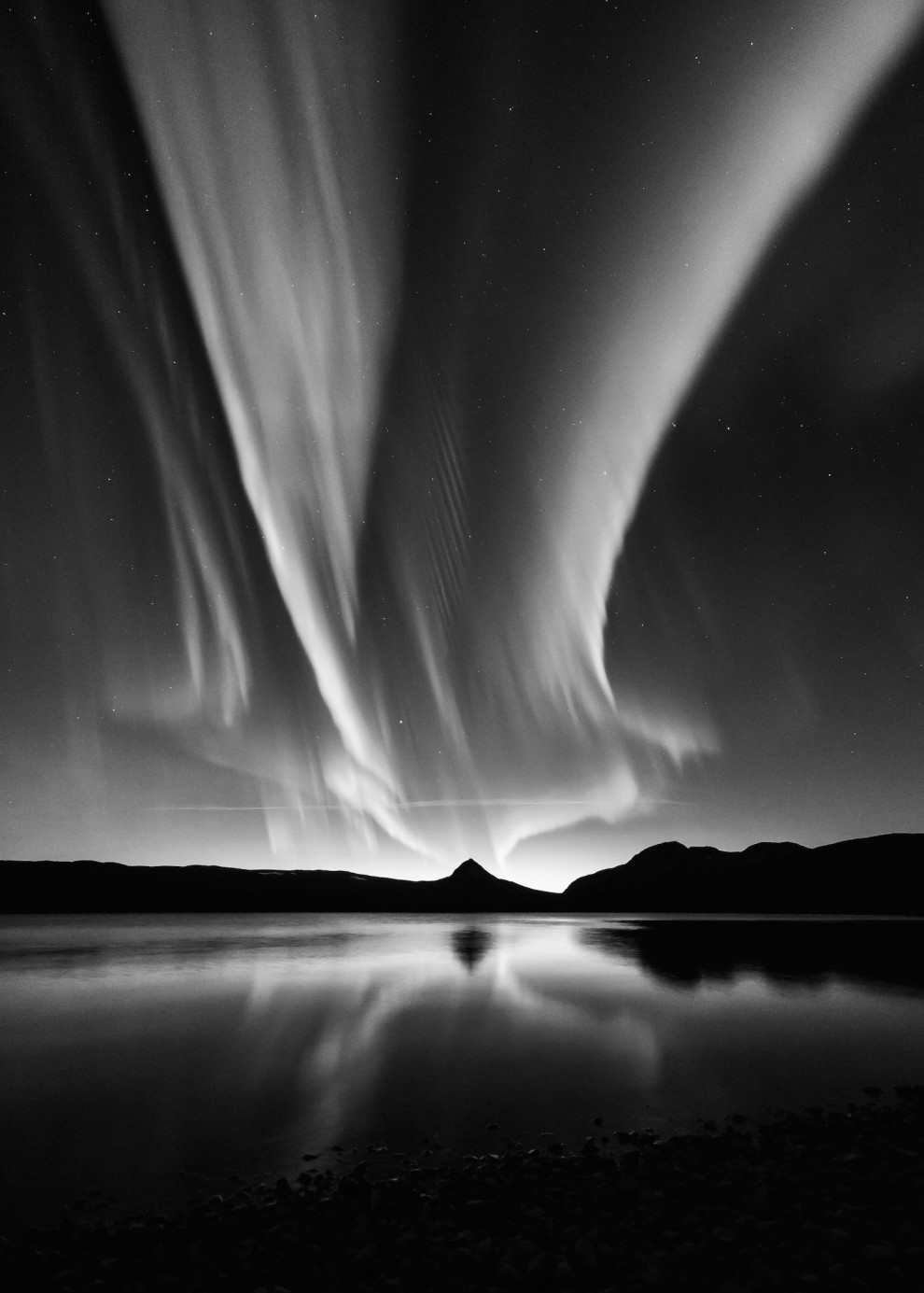
[BuzzFeed]
Source https://www.buzzfeed.com/lauragallant/50-pictures-that-will-make-you-realise-how-small-you-really
50 Pictures That Will Make You Realise How Small You Really Are
With a prize of £10,000, judges carefully selected images in each category for this year’s Astronomy Photographer of the Year 2016.
posted on Sept. 17, 2016, at 12:05 a.m.
Overall Winner – Insight Astronomy Photographer of the Year 2016
Aurora Winner
Aurora Runner-up
Galaxies Winner
Galaxies Runner-Up
“Towards the Small Magellanic Cloud”
Planets, Comets, and Asteroids Winner
Planets, Comets, and Asteroids Runner-Up
Our Sun Winner
Our Sun Runner-Up
Our Moon Winner
Our Moon Runner-Up
Young Astronomy Photographer Winner
Young Astronomy Photographer Runner-Up
“What the City Does Not Show You도시에선 볼 수 없는 것”
Best Newcomer Winner
Robotic Scope Winner
Stars and Nebulae Winner
Stars and Nebulae Runner-Up
Skyscapes Winner
Skyscapes Runner-Up
“Silent Waves of the Sky: Noctilucent야광 Clouds”
People and Space Winner
People and Space Runner-Up
Shortlisted Images
“A Fork(여기서는 나뭇가지), a Spoon(여기서는 저어새) and a Moon”
“Above the World”
“Alone”

With temperatures close to -15 degrees,
it’s not surprising that the photographer was the only soul in the vicinity of Plateau Hut
in Mount Cook National Park, New Zealand.
The lonely hut, dwarfed by the snowy mountains of the park,
contrasts with the abundance of star trails seemingly encircling the peaks of the Anzac.
Lee Cook, Astronomy Centre, Royal Observatory Greenwich
“Antarctic Space Station”

A view of the Halley 6 Research Station situated on the Brunt Ice Shelf, Antarctica, which is believed to be the closest thing
you can get to living in space without leaving Earth, making it perfect to be used for research by the European Space Agency.
As the sun’s light dissipates소멸 into the horizon, the aurora can be seen swirling overhead.
Richard Inman, Astronomy Centre, Royal Observatory Greenwich
“Aurora Bird”
“Auroral Nuggets”
“Between the Rocks”
“Crystal Brilliance”

A mesmerising lunar halo forms around our natural satellite, the moon, in the night sky above Norway.
The halo, also known as a moon ring or winter halo, is an optical phenomenon created when moonlight is refracted
in numerous ice crystals suspended in the atmosphere.
Tommy Richardsen, Astronomy Centre, Royal Observatory Greenwich
“Celestial Veil”
“Five Plus Two”

The rare opportunity of seeing five planets – Mercury, Venus, Mars, Saturn and Jupiter – gleaming in the night sky over the Alps captured on camera.
On the left hand side is the Dufour peak of the MonteRosa range and on the right-hand side of the frame is the instantly recognisable peak of the Matterhorn.
Der Mits, Astronomy Centre, Royal Observatory Greenwich
“Flash Point”

The Perseid Meteor Shower shoots across the sky in the early hours of 13 August 2015,
appearing to cascade from Mount Shasta in California.
The composite image features roughly 65 meteors captured by the photographer between 12:30am and 4:30am.
Brad Goldpaint, Astronomy Centre, Royal Observatory Greenwich
“Frozen Giant”
“ISS우주정거장 under Venus and the Moon”
“Just Missed the Bullseye과녁”
“King of the Planets”

Looming in the night sky, tempestuous storms are visible across the face of the largest planet in our solar system, Jupiter.
The Great Red Spot – a raging storm akin to a hurricane on Earth – stands out in a deep orange from the hues of browns surrounding it.
Damian Peach, Astronomy Centre, Royal Observatory Greenwich
“M8: Lagoon Nebula”
“M82: Starburst Galaxy with a Superwind”

About 12 million light years away from our planet lies the starburst galaxy M82, also known as the Cigar Galaxy.
In a show of radiant red, the superwind bursts out from the galaxy, believed to be the closest place to our planet
in which the conditions are similar to that of the early universe, where a plethora과잉 of stars are forming.
Leonardo Orazi, Astronomy Centre, Royal Observatory Greenwich
“Moon Reflection”
“Northern Lights over Jokulsarlon, Iceland”
“Painted Hills”
“Parallel Mountains”
“Pickering’s Triangle”
“Seven Magic Points”
“South”
“The Diamond Ring”

The dramatic moment that our star, the sun, appears to be cloaked in darkness by the moon
during the total solar eclipse of 9 March 2016 in Indonesia.
The sun peers out내다보다 from behind the moon and resembles the shape of a diamond ring,
caused by the rugged edge of the moon allowing some beads of sunlight to shine through in certain places.
Melanie Thorne, Astronomy Centre, Royal Observatory Greenwich
“The Disconnection Event”
“The Joy of Seven Sisters”

Comet Lovejoy flashes through the darkness of the Solar System, passing near the open star cluster of the Pleiades or Seven Sisters.
The Pleiades glow blue due to their extremely hot nature, and are the most obvious star cluster to the naked eye in the night sky.
José Francisco Hernández Cabrera, Astronomy Centre, Royal Observatory Greenwich
“Venus Rising”













































